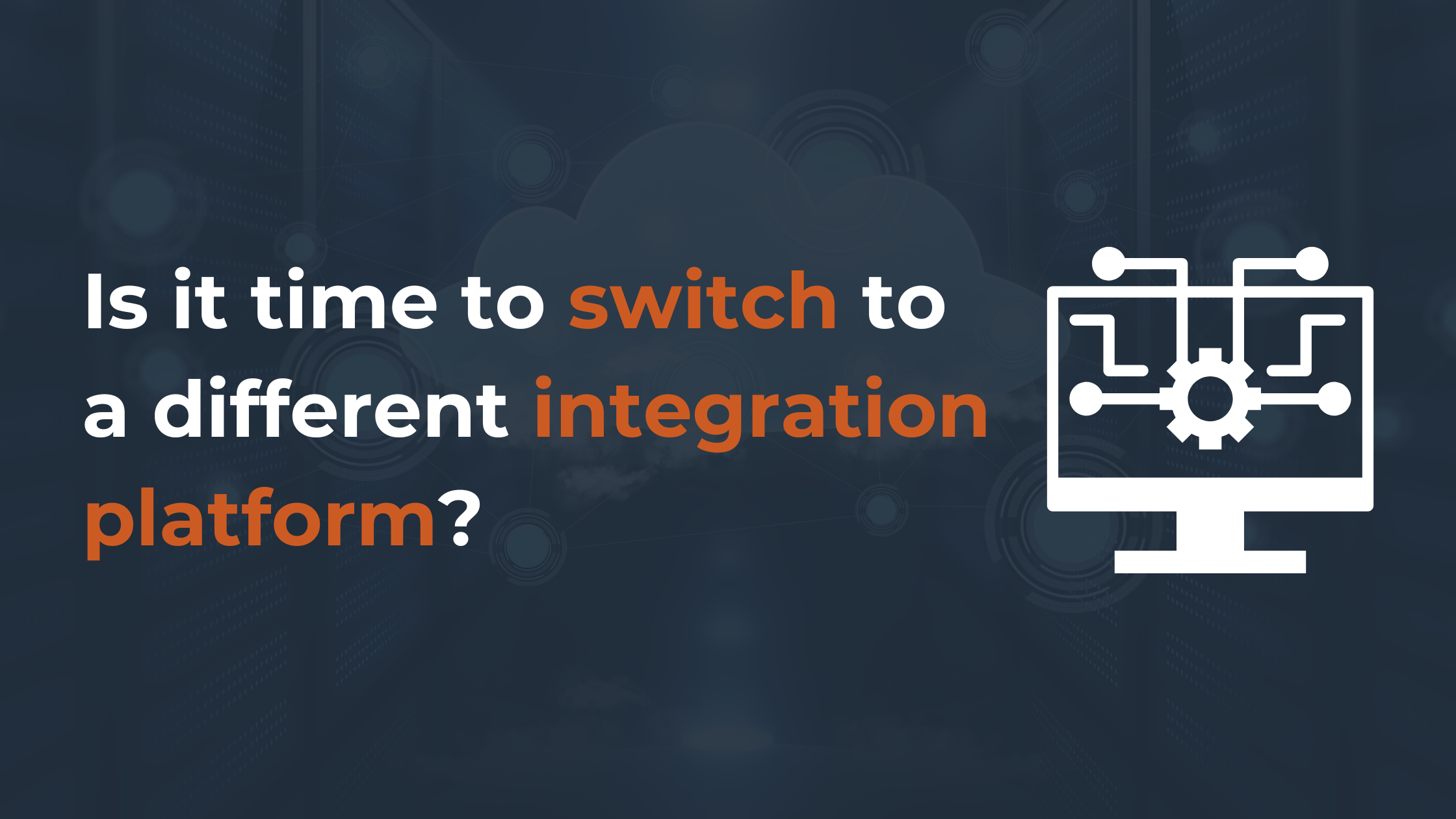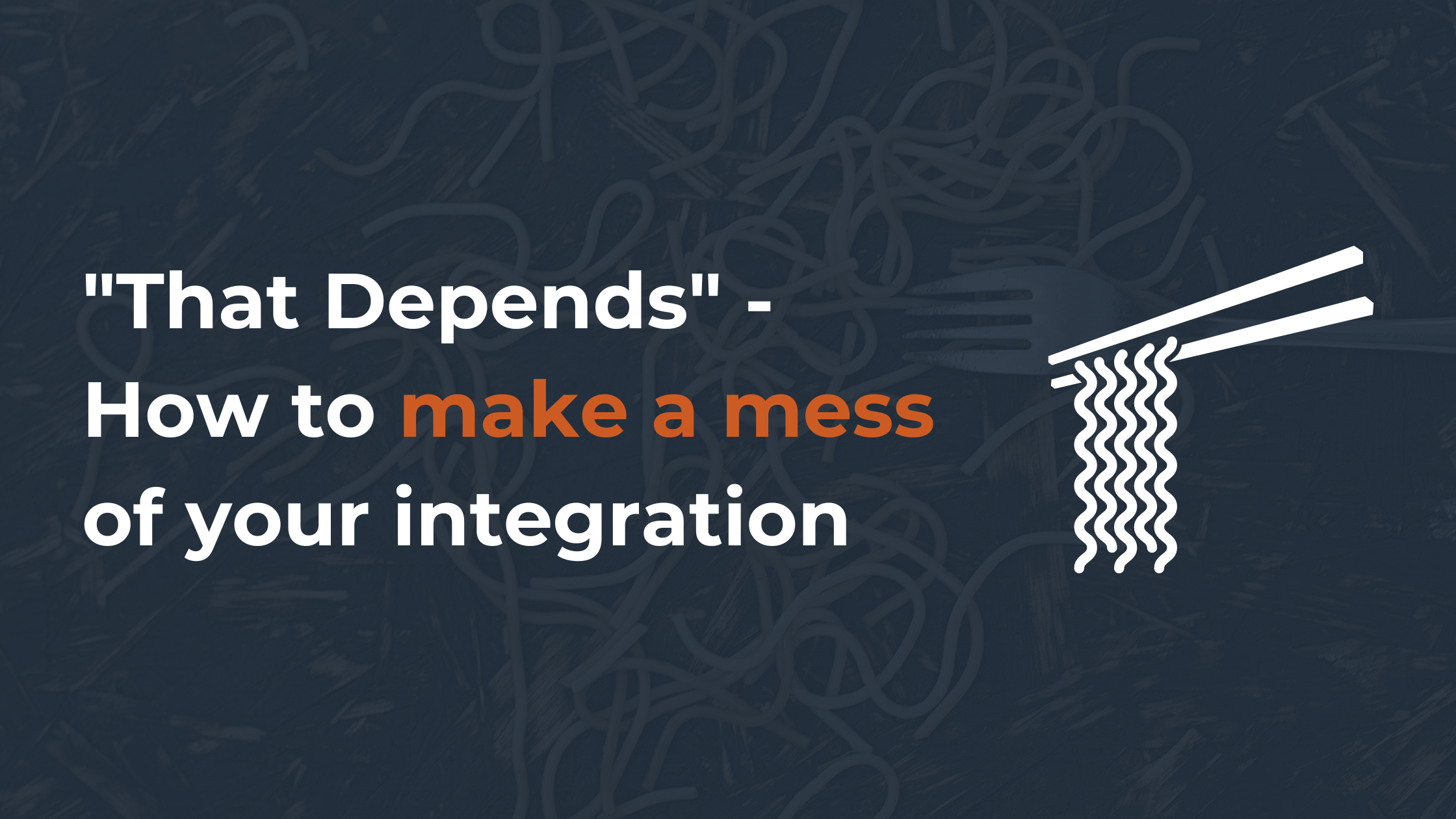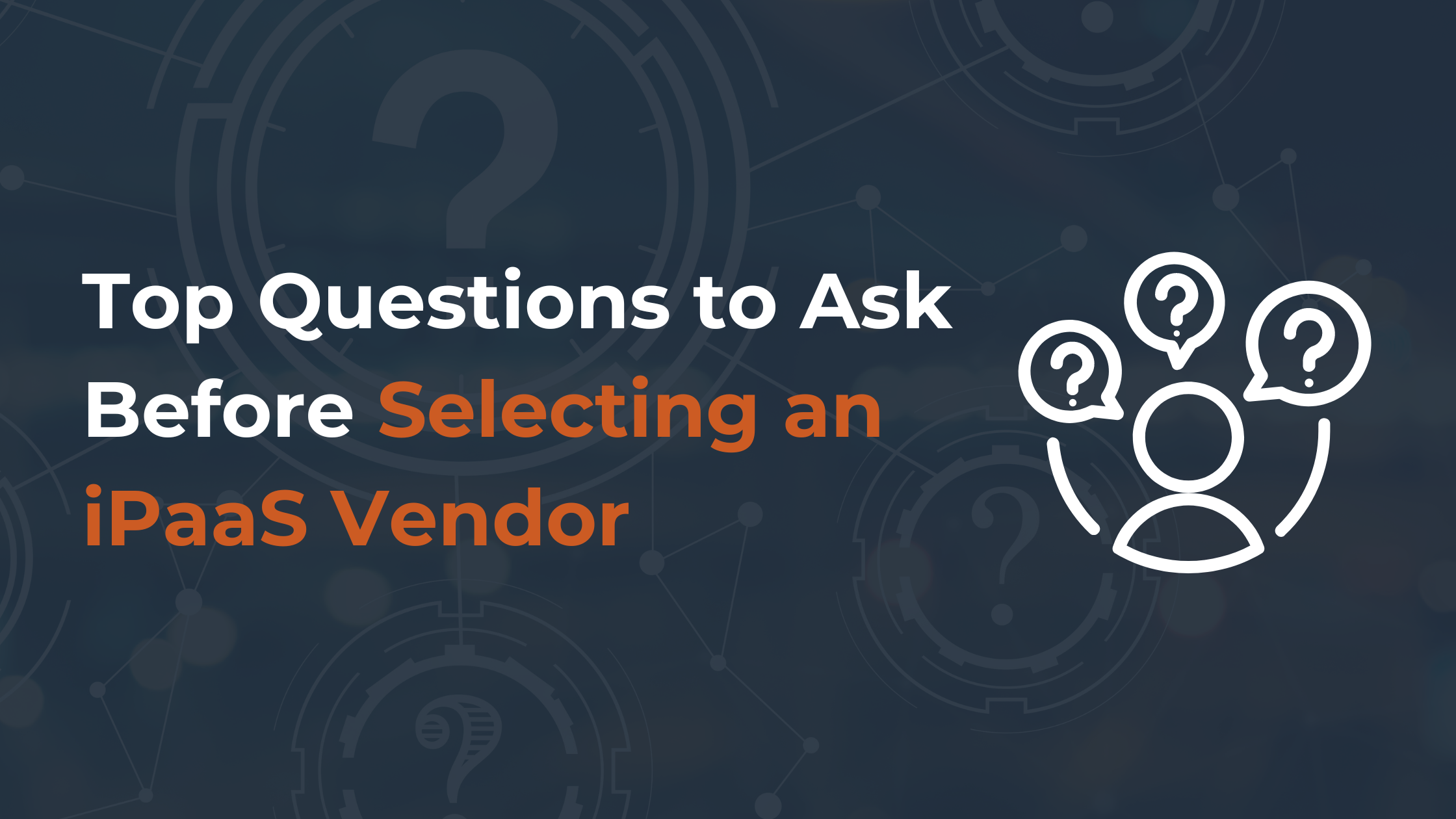CSV files to Salesforce is a common CRM data migration. Lately, many companies have started to import CSV to Salesforce to help meet consumer needs, as well as more effectively operate workflow.
Let’s discuss the key advantages of transferring data to a stable solution and find out about the main stages of migration.
CSV Files to Salesforce
CSVs are also known as flat files and can differentiate between numeric values and text. As your business expands, you begin to note the signs that you can exchange the spreadsheet for the more persuasive instruments, aka, Salesforce.
Salesforce: Common Reasons to Switch
- No visibility into your sales team’s activities
- Lost track of the customers’ history
- Lack of communication between the employees
- Time-consuming and ineffective reporting activities
- Lack of automated processes and customization choices
The above highlights suggest that the need for powerful CRM, like Salesforce, is unavoidable if you want to stay above your competitors. As the market’s leading tool, CRM gives you the following functionality.
Salesforce Software Highlights
- Manage your business on secure and scalable software with simple customization
- Use third-party apps from AppExchange to extend the organization’s opportunities
- Run the company’s processes on-the-go by using Salesforce Mobile App
- Use Einstein Analytics (AI platform) with predictive scoring, actionable insights, intelligent automation, and more accurate forecasting
- Accelerate pipeline and boost revenue with sales and marketing automation capabilities
Salesforce lives up to its name in many ways with compelling features and robust devices. So when business owners think of running CSV import to Salesforce, they get lost among a variety of hesitations due to various reasons. You may be afraid of the unforeseen pitfalls such as data loss during the switch, for example. In this case, it is suggested that every stage of the procedure be prepared to ensure successful results.
How to Nail Salesforce Import from CSV Effortlessly
CRM data migration consists of multiple stages for transferring records from CSV files to the solution you want. The most important ones are the preparation of the CRM database, the choice of the transfer method, and the adaptation of the company goals to the new framework.
You will first review and go through the data to ensure that all elements are compatible and without duplicates. You can save time and budget on migration by removing obsolete and unnecessary content.
The next move is to pick Salesforce’s CSV Import mode. There are usually 2 ways to conduct the transfer:
1. Manual. Delete from the file your records, and paste them into Salesforce. However, if your database gets a huge load of objects, the migration process will take a lot of time and energy.
2. Automated. Take advantage of the automated tools for quick and safe implementation of CRM data import. You may use the built-in Salesforce data loader in this case, or benefit from an automated Trujay migration service that stands out for the following functionality:
CSV Files to Salesforce: Benefits of Trujay
- Assist yourself with a clear and intuitive interface
- Preserve the relations between the records during the procedure
- Have total control over migrated items by using the detailed fields and users mapping
- Launch a free Sample Migration to see the service in action
- Change migration preferences and restart the transfer over during a specific period
- Ask the tech gurus to help you with any questions
Learn more information about the difference between Trujay’s migration tool and Salesforce’s native tool.
How to Perform CSV Import to Salesforce in a Few Clicks
After succeeding with the preparation activities, you can start the CSV import to Salesforce with these next steps:
1. Visit Trujay’s Self-Service Migration tool and create your account
2. Select and download the CSV files from Dropbox, Google Drive, One Drive, or Computer Hard drive. Then, click “Test Connection”.
3. Login you Salesforce to let Trujay connect to your account.
4. Choose the fields you wish to migrate by clicking the “Customize Mapping” button. After that, you get an opportunity to explore how the service works by launching the free Sample Migration.
5. If you are satisfied with test transfer results, you can choose the suitable insurance plan and start the CSV import to Salesforce.
CSV Files to Salesforce: Post-Migration Tips
When the CRM data transfer is complete, take a couple of post-migration steps to ensure the software is implemented smoothly:
- Check that all imported documents have been transferred to the correct locations
- Set workflow rules
- Provide employees with all required records and tutorials about the new solution
- Select the product and technical assistance to ensure everyone understands the information
Conclusion
If you want to keep up with ever-changing business needs, obtain the qualified service, and offer your customers a personalized approach, Salesforce is an inevitable part of your company flourishing.
Take the above-mentioned information into consideration, migrate your records to the desired platform without the ongoing headaches, and unveil new business opportunities.
Let’s say you try out our self-service tool and decide you’re interested, but the mapping causes confusion, or maybe the technical formatting throws you off. After you complete a sample migration and you’re not satisfied with the results, we have something called the Guided Self-Service Migration.
Contact us today! We’re ready to work with you.




.png)
